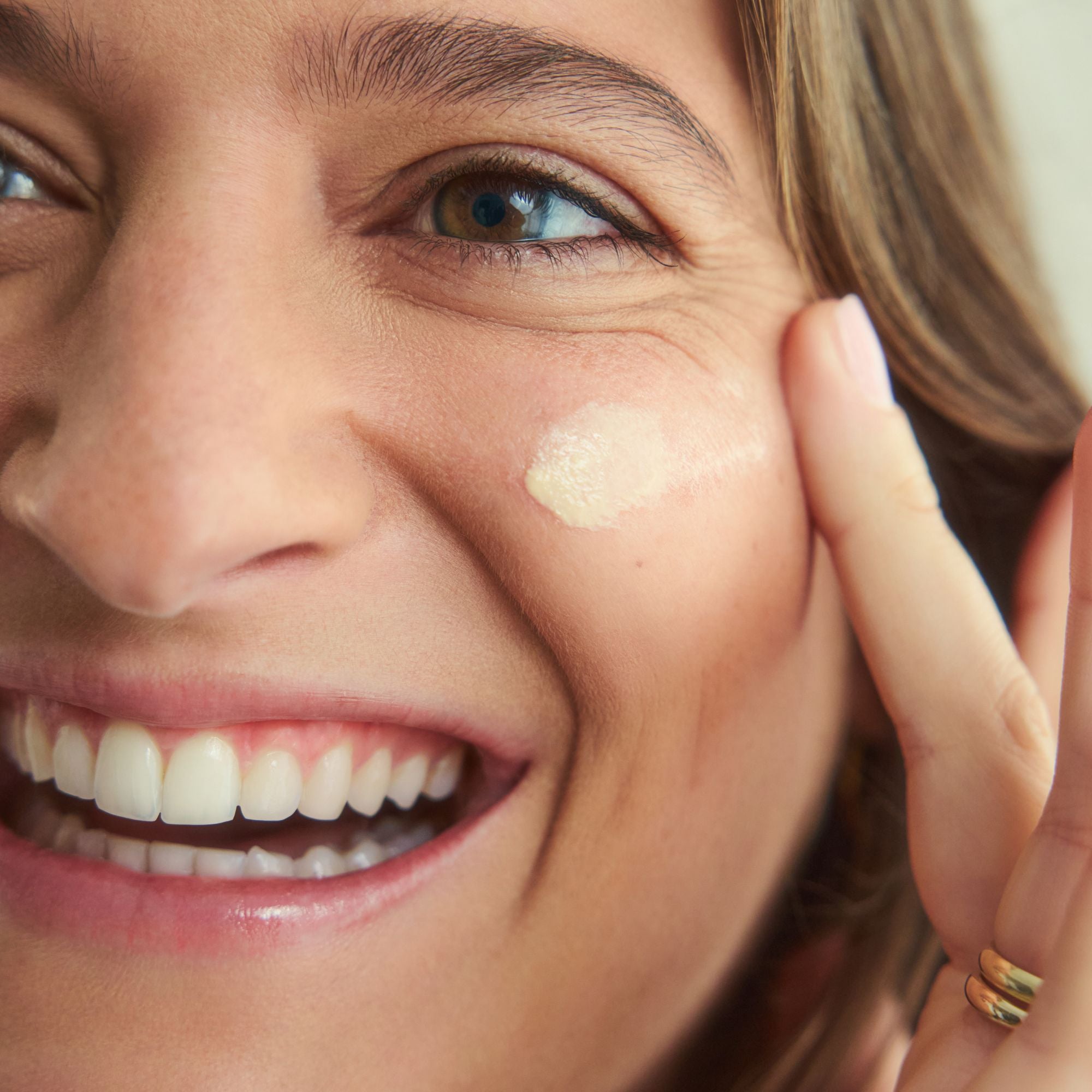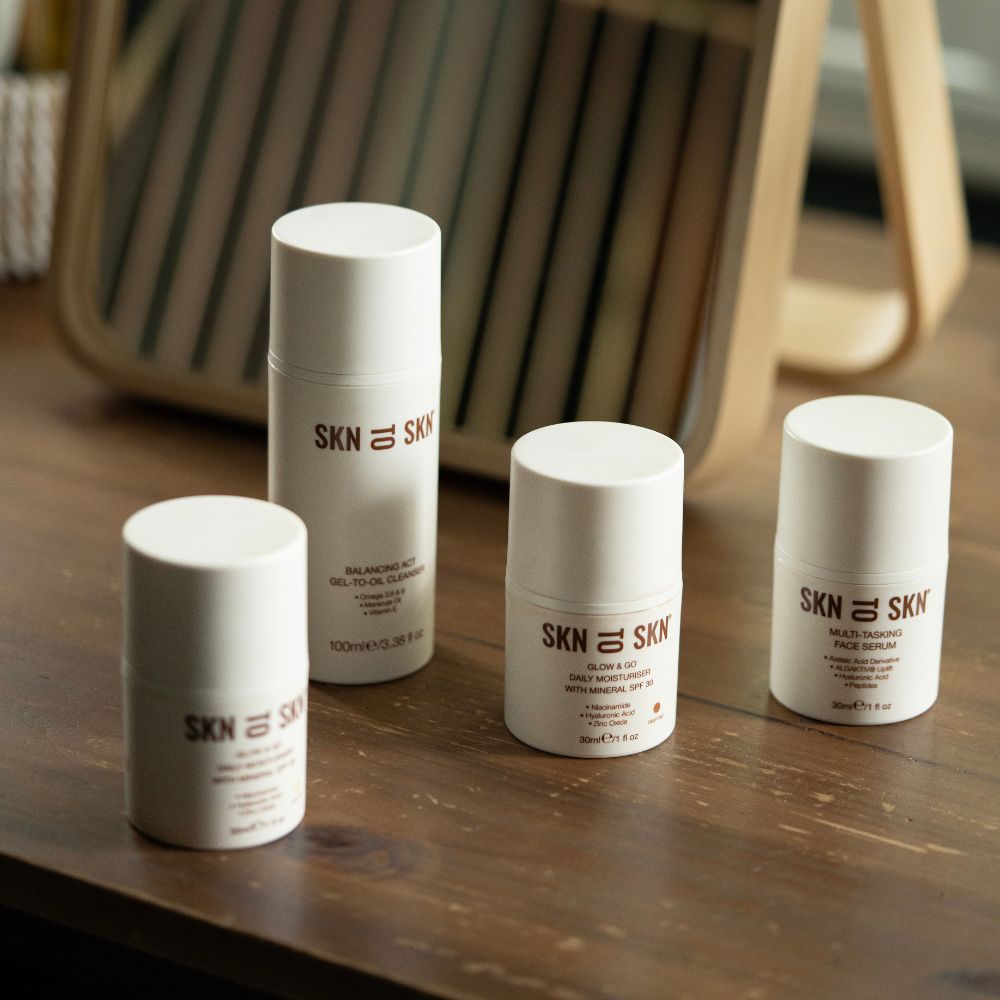If you're pregnant or in the postpartum stage, you may have questions about stretch marks - especially how to reduce their appearance.
In this episode of Expert Insights, Consultant Dermatologist Dr. Raj Arora shares everything you need to know about stretch marks during and after pregnancy. Learn why they develop, how to help prevent them, and the most effective ways to minimise their appearance.
Who Gets Stretch Marks?
Many women experience stretch marks, it's an incredibly common and well-understood skin concern. While they are often associated with pregnancy, stretch marks can also affect anyone undergoing significant body changes, such as weight fluctuations and various body changes that requires your skin to stretch.
Why Do We Get Stretch Marks During Pregnancy?
Stretch marks can be caused by hormonal changes during pregnancy, especially as the skin becomes more sensitive and stretches a lot more. You may also notice pigment changes that make the marks appear darker in colour.
What Can I Do To Prevent Them During Pregnancy?
There’s not a great deal you can do during pregnancy, but the most important thing is to focus on topical treatments rather than heavily marketed oils. It’s essential to choose pregnancy-safe products with expert approved active ingredients such as peptides, hyaluronic acid, and azelaic acid.
Using products such as SKN TO SKN serums can help protect the skin, improve elasticity, and support collagen production during pregnancy and postpartum.
Can I do anything to prevent them after pregnancy?
There are several effective treatments available to help reduce the appearance of stretch marks after pregnancy, but it’s important to understand that this can be a tricky concern to treat. While you can often achieve noticeable improvement, complete resolution may not always be possible - especially if your stretch marks are older, deeper, or darker in colour.
A good starting point is a topical retinoid, which helps to stimulate collagen production and promote skin cell turnover, gradually improving texture and tone. For more significant results, advanced in-clinic procedures like radio-frequency microneedling and fractional laser treatments can be highly beneficial. These work by encouraging deeper collagen remodeling and targeting discoloration.
However, managing your expectations is key - these treatments can enhance the appearance of stretch marks, but they typically won’t erase them entirely.
 Written by Dr Raj Arora, SKN TO SKN GP Advisor
Written by Dr Raj Arora, SKN TO SKN GP Advisor






